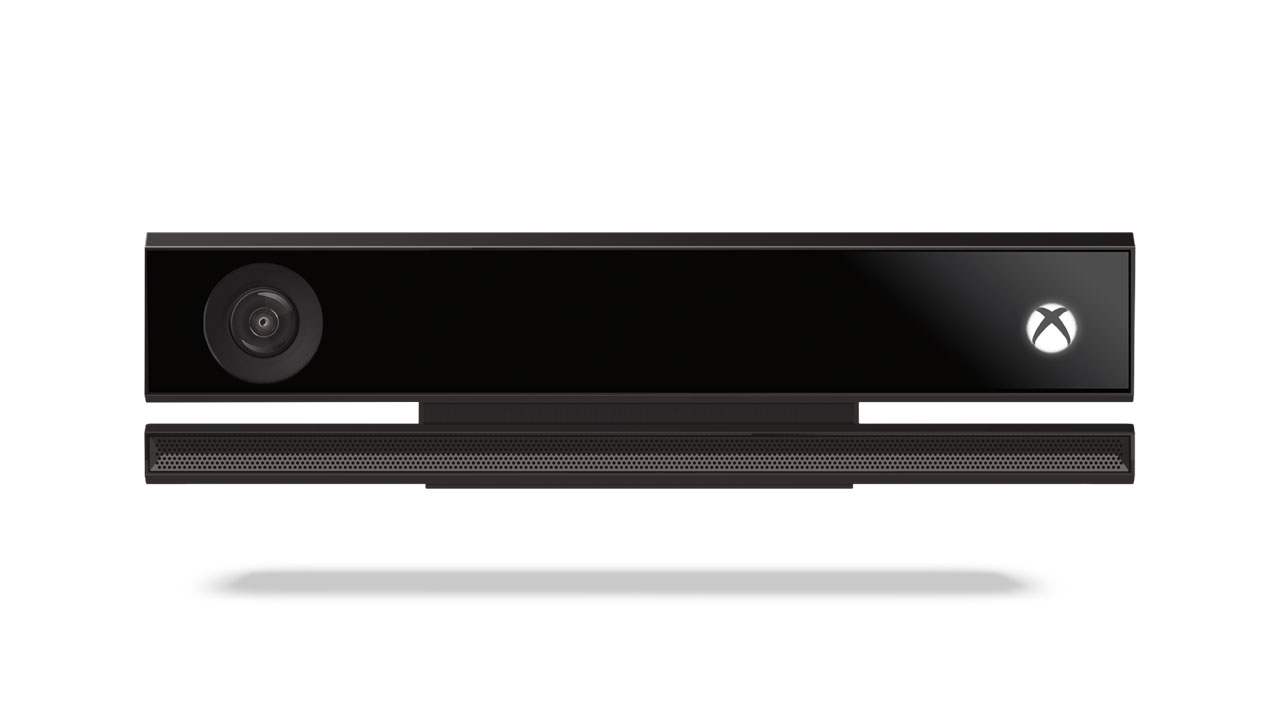Death to the Kinect. Long live the Kinect.
That’s the conflicting message it feels like we’re getting from Microsoft, who recently removed the motion-tracking and voice-recognizing device from the core Xbox One bundle. That made the console $100 cheaper, but Xbox head Phil Spencer still expects gamers who buy a Kinect-less Xbox One to purchase the peripheral eventually.
But will they? Microsoft now has to face the second-hand market. Right now, every Xbox One owner has a Kinect. Now that the peripheral is no longer a required part of the console’s experience, some will sell theirs on eBay and GameStop.
“The point is that if there’s a glut of Kinect 2.0’s available on the used market this summer, that will dampen demand for a standalone retail version once it arrives,” Lewis Ward, the director of IDC’s video game industry advisory service, told GamesBeat. “It’s also the case that if Kinect 2.0 costs $150 and only comes bundled with a game, that will also limit demand. Basically I don’t expect it to sell in high volumes this year.”
A lot of people saw the publisher’s removal of the Kinect from the core Xbox One bundle as the company giving up on the device. Originally, Microsoft pitched the camera as an integral part of the system’s experience, but now Microsoft barely focuses on integrating the device with games. Sure, removing the Kinect was an easy way to make the console $100 cheaper (and at $400, the same price as the its competitor, Sony’s PlayStation 4), but it also felt like an opportunity for Microsoft to just rid themselves of the Kinect and all of the baggage it brought, including privacy controversies.
But not so fast, says Spencer. Speaking to GamesIndustry International, he believes that people will still buy the Kinect as a standalone product.
“We see millions and millions of people using Kinect today,” Spencer told GamesIndustry International. “We’ve had over a billion voice commands used. The use of Kinect in people’s homes is incredibly high. And because people are continuing to use it, it’s an area we’re going to continue to invest, in terms of making the experience better. And I think that makes building games in that environment even better. Consumers love the device; they love the experience. They’ll buy it. They’ll either buy it at launch when they buy their console, or they’ll be able to buy it after the $400 console; they’ll pick it up and add it on later. And we’ll continue to make sure that experience is great.”
The original Kinect for the Xbox 360 was a standalone peripheral introduced later in the system’s lifespan, although it also came bundled with the console. It was a big hit, so a new Kinect for the Xbox One seemed like a no-brainer. However, it also hiked the system’s price up to $500, which was a $100 more than the PlayStation 4, which has outsold the Xbox One in every month since both system’s launched last November. Microsoft is hoping that removing the Kinect and reaching price parity with the competition will even the fight, but are they too optimistic to expect people to buy the device as a peripheral after they initially go out of their way to buy a cheaper bundle that excludes it? And would they really buy a new one?
Microsoft has already shipped 5 million Xbox Ones to retailers, so that many Kinects could potentially hit the used game market. Of course, only a fraction will, but it could still be enough to hurt sales of new, more expensive Kinects. But does anyone really want one anyway?
“About four in five Kinect gamers in the U.S. as of mid-2013 had a favorable opinion of Kinect,” Ward told GamesBeat. “From this vantage point, I wouldn’t be surprised to learn that Microsoft got a 10 percent or 20 percent attach rate between the unbundled Xbox One console and new Kinect 2.0 sensor sales by the end of 2014. For some families and so on, it’s simply a matter of the right game coming along.”
We don’t know what that right game could be. Right now, Microsoft does not have a lot of Kinect-focused titles on the horizon. One exception is Disney Fantasia: Music Evolved, a rhythm game that uses the camera to track movements in sync with classic Disney and contemporary pop songs.
But is that enough to entice gamers to buy an expensive peripheral? Other Kinect-focused games for the Xbox One, including Kinect Sports Rivals, have already sold below expectations. Perhaps the public’s once fiery romance with the Kinect is over.
VentureBeat's mission is to be a digital town square for technical decision-makers to gain knowledge about transformative enterprise technology and transact. Learn More


